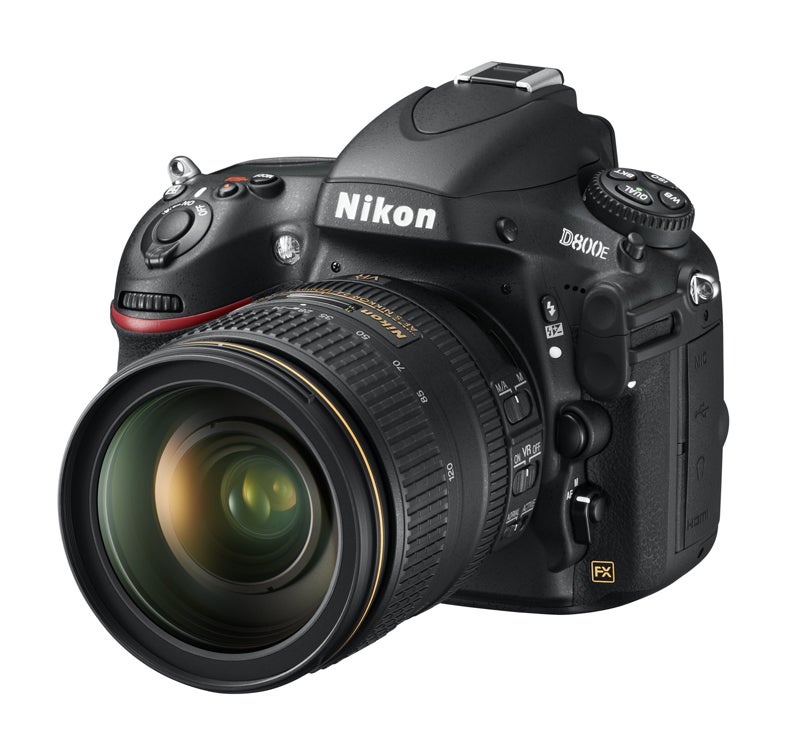The D800E promises even sharper images than the Nikon D800, but with a couple of compromises. Do the benefits outweigh the negatives?
Nikon D800E Review
D800 or D800E
Nikon D800E review – D800 or D800E?
As our test shots have shown, there’s no question that the D800E is capable of delivering the marginally sharper results out of the two cameras thanks to the modified optical low-pass filter. That’s not to say everyone should opt for the D800E over the standard D800 however, as it really does depend on how and what you shot to determine whether you’ll see a benefit shooting with the D800E.
A tripod is recommended for a start when shooting with the D800E to ensure no hint of camera shake counteracts any advantage gained, which just won’t be practical all the time for the way some people like to take pictures.
This won’t be an issue for landscape photographers, and at first glance, the D800E may appear to be the perfect landscape photographers camera as the risk of moiré in the natural world is minimal, while for most shots the camera will be firmly planted on a tripod. The fact that you’re likely to be shooting at f/11 or f/16 to achieve a large depth-of-field in your shot means that the D800E won’t provide any noticeably sharper shots at these apertures over the D800 as our test shots have shown. For photographers who tend to shoot at wider apertures though, such as portrait/lifestyle photographers for example, then they’ll see the benefit of shooting with the D800E over the standard D800.
There’s no doubt the D800E is a slightly specialist offering, but if you think you’ll be able to take full advantage of the potential of the D800E, then the extra investment is worth it. This is why it’s likely to appeal to existing medium format owners who already know and understand the pitfalls of moiré and how to get the best from a sensor without the effect of an optical low-pass filter. For the majority though, the D800 is still the one to go for.





